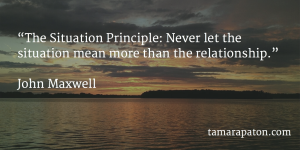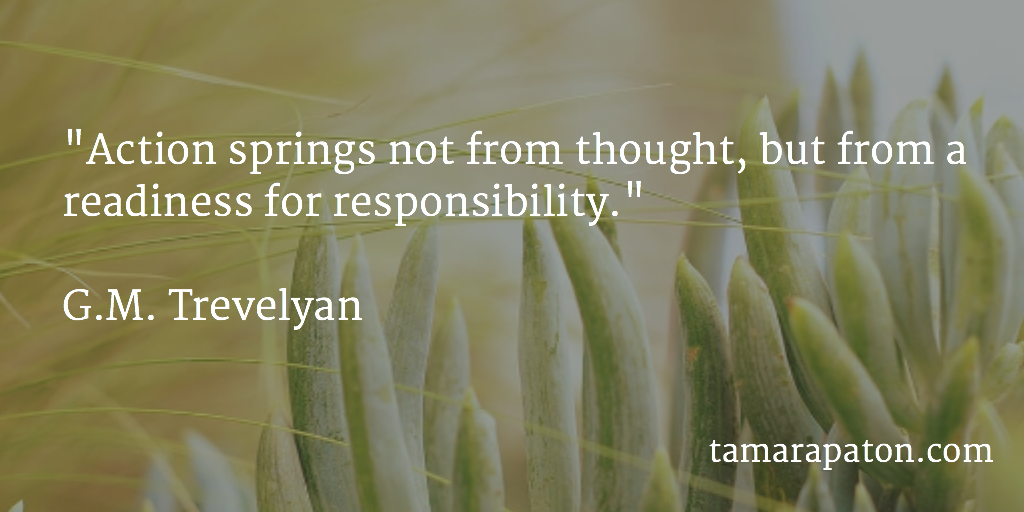

We work so hard to build our professional networks, in part to surface new board service opportunities. When a door opens, we had better be sure that we are ready to walk – or even leap – right through it.
Last week an old school friend asked if I was free for coffee. I hadn’t seen him in years, but we have remained connected via social media. To be honest, I just assumed that he wanted to catch up. When he asked me to sign his company’s non-disclosure agreement, however, I knew we wouldn’t spend much time on nostalgia.
Although an NDA is an unusual means to reconnect, it provided a helpful signal that I had some work to do. I needed to be ready to ask the right questions, ones that showed interest in his organization and how I might support its growth.
By now we know that new board service opportunities are not posted in the daily want ads. Although co-operatives and non-profits may post public notice, most other organizations recruit new directors from within their existing social and professional networks.
As a result, there is a good chance that your next board opportunity will arise through someone you know. Perhaps you grab a coffee with a former colleague who serves on boards. Or a casual social contact turns all business at a cocktail party.
Whatever the context, it’s important to have a plan when a conversation turns to board service opportunities. In these moments, I rely on 4 ways to maximize my outcomes.
1. Know the business
If you have advanced warning of a meeting, research is a must. Perhaps this sounds overly simple, but I always frame what I need to learn about a new business in terms of the “3 Cs”:
- Customer: Who does the organization serve? What pain points does it address? How might a customer progress along a spectrum of awareness, consideration, trial and loyalty? Is there an “unvended” or unaddressed market that would benefit from the organization’s products or services?
- Competition: Who are the direct competitors and less obvious alternatives? How does the business differentiate itself versus other players? What can we learn from the press and published case studies about competitors’ capabilities in purchasing, design, customer experience, engineering, sales and servicing?
- Corporation: Who are the key management team and board members? How is the organization funded?
To streamline the process, my clients use a template that efficiently expands on the questions listed above. Online resources and a few emails to friends and colleagues can help us make quick work of this research.
2. Prepare thoughtful questions
Corporate director Becky Finley credits smart questions with helping her land her first board appointment:
“I asked a ton of questions about the business when I met with the chair. Then, I compared it back what I had seen elsewhere. I think that helped him see how I could contribute in real time.”
As a starting point, you can confirm the theories that emerged through your preliminary research. You might ask how the answers are likely to change in the coming years. Looking at similar businesses in other countries, how are they achieving superior market penetration, customer loyalty, and scale?
If the business sells online, how frequently do customers transact and is there a wide range in this behavior? To what extent do customer analytics reveal insights around key segments, what they search for and buy, and where new investments should focus?
When in doubt, I ask about the three biggest challenges that the business needs to overcome this year. The goal is to show that you speak their language, feel genuine curiosity about the organization, and have relevant perspective to offer in a humble and constructive way.
3. Embrace giving as your default setting
Prior to a one-on-one meeting, I brainstorm ways that I might be able to help the other party. That way, I’m guaranteed that the meeting will advance my desire to be a “giver” in all contexts.
As a starting point, I review my Evernote file of interesting articles, blogs, books and video clips. Then I review my LinkedIn contacts to identify potential introductions within my network.
After the conversation, I make a note of the topics that interest the other party. Retaining these tidbits makes it easier to follow up with them in a few months when I come across a pithy piece of news or analysis.
4. Concisely express your offer
I leave this point last for good reason. Our primary goal in one-on-one meetings is to learn, listen and give. If the question of our interests and goals arises, then we can make a concise statement to that effect. But I actively resist the temptation to lead with what’s in it for me.
Assuming the appropriate time arises, the exact nature of your offer will depend on what the other party needs. If they have expressed a need for a financially literate digital strategy/supply chain/IT governance/omni-channel retail expert and you are one, then say that.
More often, I find that a board is not completely clear on its needs. In this case, it helps to express that you want to continue doing the work you are doing with another organization. This creates the chance to illustrate the benefits you bring and nudges the other party to perceive a problem they hadn’t yet articulated.
My clients report success when they frame their offer in terms of the other party.
“How would your board feel if they could easily turn to their resident cyber-risk expert?”
“How would your strategy discussions change if you had a millennial at the table?”
“Your struggle with risk oversight is common. I’ve been there. How can I help?”
When you decided to actively manage your career trajectory, coffee with a friend stopped being just coffee. I’m all for social fun, but relationships are strengthened when we can share and support one another. If you follow these suggestions, you will learn more, give more generously, and position yourself for great board opportunities now and in the future.
Question: Do you find one-on-one meetings helpful? What techniques do you use to make them productive?
To receive my posts in your inbox each Monday, I invite you to subscribe. I will always keep your information safe.










